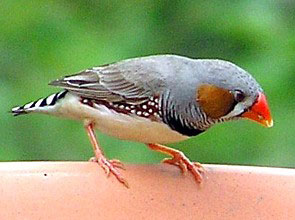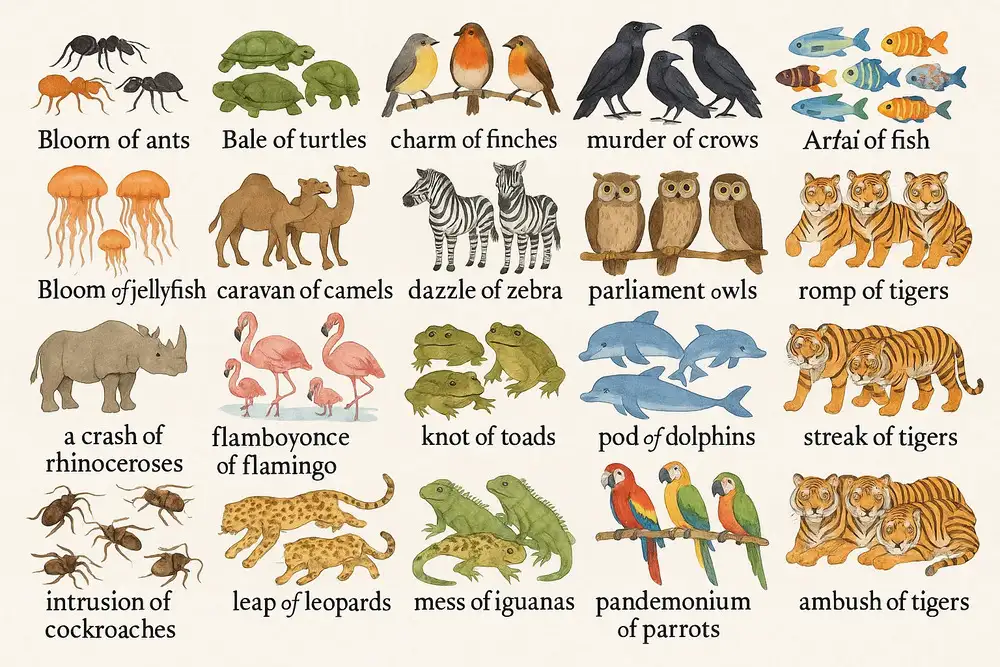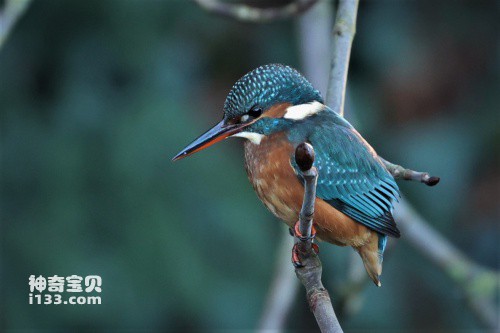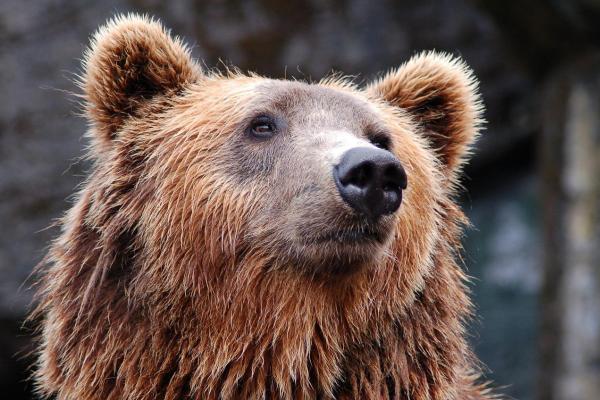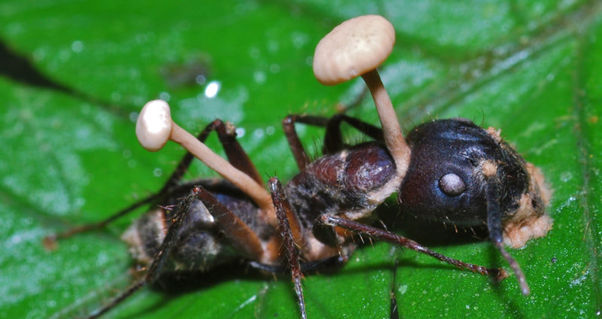Digging is a basic survival skill for many animals. Caves not only provide shelter, but also help animals hide food, reproduce offspring and avoid predators. Many species of animals around the world survive by digging holes. To adapt to different environments, from deserts to forests, from grasslands to beaches. These animals create a safe habitat for themselves by digging and occupy an important position in complex ecosystems.
Classification and functions of burrowing animals
Burrowing animals can be classified according to their purpose and method of digging. Different animals show different Skills and unique behavior patterns. The functions of digging holes usually include:
Habitat: for oneself or in groups Provide a sheltered, safe and reliable place to live.
Reproduction: Digging holes to lay eggs or feed young, protecting One generation is protected from predators.
Food storage: Some animals dig holes to store food to ensure they can survive seasons when food is scarce.
Defense and hunting: Some animals dig burrows as escape routes from predators or as vantage points to ambush prey.
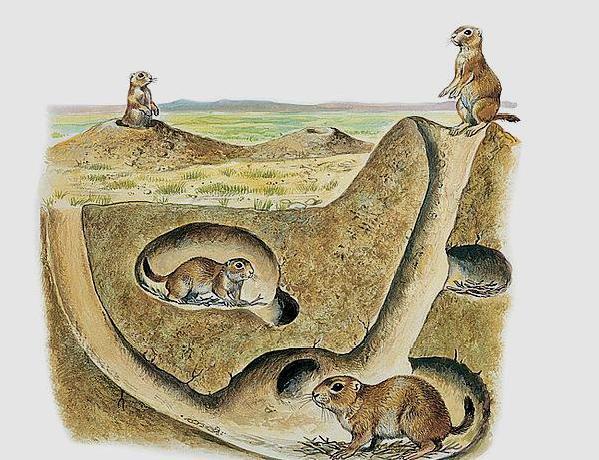
Representative animals in the world that can dig holes
1. Mole
Living environment: grasslands and forests in Europe, Asia and North America.
Burn characteristics: Moles are masters of digging holes and spend almost their entire lives underground. Their powerful forelimbs and sharp claws The mole's forepaws allow them to quickly dig a complex network of tunnels. A mole's burrow system typically includes multiple tunnels, food storage areas, and specialized "bedroom" areas.
Function: Moles mainly catch insects, earthworms and other food by digging holes. Their holes not only provide a habitat for themselves, but also help regulate the structure and aeration of the soil.
2. Marmot
Living environment : Grasslands and mountains of North America and Europe.
Burrowing characteristics: Groundhogs are social animals, and their burrow systems usually consist of multiple entrances and complex tunnels. Groundhog burrows not only provide living space, but also play a role in temperature regulation, helping them to hibernate safely during the cold winter.
Function: Groundhogs use burrows to protect themselves from natural enemies (such as eagles and foxes) and store enough food for winter use.
3. Wombat
Living environment: Australia's forests and grasslands.
Burrowing Characteristics: Wombats are one of the largest burrowing mammals in the world, and their strong forelimbs and claws allow them to dig tunnel systems up to 30 meters long. These burrows have multiple entrances and ventilation systems, which help wombats stay cool in hot weather.
Function: Wombats' burrows provide habitats and serve as shelter from the heat or predators.
4. Meerkat
Living Environment: Arid grasslands in southern Africa.
Burn characteristics: Meerkats live in groups and usually dig complex cave systems. Each cave network has multiple entrances and exits, allowing them to quickly escape from predators.
Function: Meerkats' caves are not only habitats, but also the core of their social life. They provide a safe breeding environment through cave systems and use caves to avoid exposure to the scorching sun.
5. Rabbit
Living environment: Widely distributed forests, grasslands and agricultural areas around the world.
Burial Characteristics: Rabbits, especially European rabbits, often dig tunnel systems called warrens. These burrow systems often include multiple passages, nests, and vents, which are suitable for rabbits to live and breed.
Function: Rabbit burrows provide a safe place to hide underground from predators, especially when raising young.
6. Jerboa
Living Environment: Deserts and arid areas of Asia and Africa.
Burial Characteristics: Jerboa are known for their unique burrowing methods. They dig simple burrow structures beneath the desert floor, often with multiple entrances to help them enter and escape quickly.
Function: Jerboas' burrows provide a shelter from the desert heat and help them store food they find at night.
7. Crab
Living environment: Coastlines and wetland areas around the world.
Burring characteristics: Many crabs, especially land crabs and beach crabs, dig burrows to protect themselves from predators or tides. Their burrows are often located at the edge of a beach or wetland.
Function: Crabs dig burrows to avoid the sun and enemies while keeping their bodies moist. The caves also provide them with a warm habitat, helping them survive and reproduce.
8. Earthworm
Living environment: In soils around the world, especially farmland and grasslands rich in organic matter.
Digging characteristics: Earthworms are not typical burrowing animals, but they form complex tunnel systems by constantly crawling in the soil and eating soil. These tunnels not only help earthworms move, but also have a positive impact on the structure of the soil.
Function: Earthworm tunnels provide important channels for soil ventilation and drainage, and promote the growth of plant roots. Their burrowing behavior also helps keep the soil healthy and fertile.
9. Honey Badger
Living environment: grasslands, forests and deserts in Africa, India and the Middle East.
Digging Characteristics: Honey badgers are well-known strong diggers with hard and powerful claws. They can quickly dig burrows up to 3 meters deep to avoid predators or hide while searching for prey. Honey badger burrows are usually simple and single.
Function: Honey badgers dig burrows to catch underground prey, especially snakes and rodents. Their burrows can also provide shelter from predators (such as lions or hyenas).
10. Pangolin
Living environment: Forests, grasslands and arid areas in Africa and Asia.
Burial characteristics: Pangolins have strong forelimbs and hard claws, which enable them to dig effectively into hard ground. Their burrows are used not only as habitats, but also to capture ants and termites, which are their main food source.
Function: Pangolins' burrows provide them with a safe haven from predators (such as leopards and hyenas), while protecting them from being captured when food resources are scarce.
11. Naked Mole Rat
Living environment: Arid underground in East Africa.
Burial characteristics: Naked mole rats are social animals that live in complex underground burrow systems. They live in a social structure similar to an ant colony or a bee colony, led by a "queen". Naked mole rat groups cooperate to dig large-scale underground tunnel systems in order to find food and water sources.
Function: The burrow system of naked mole rats provides safe shelter for the entire group, avoids extreme climatic conditions, and provides storage space for their food (underground rhizomes).
12. Greater Bilby
Living environment: Australia's arid deserts and grasslands.
Burrowing characteristics: Greater Bilby is an endangered Australian burrowing mammal that digs spiral burrows up to 3 meters long. These burrows are not only complex in structure, but also have multiple exits and compartments for habitat, reproduction and food storage.
Function: Greater Bilby's burrows help them escape the hot desert sun and predators (such as feral cats). Their digging behavior also has a positive impact on desert ecosystems, stirring up the soil to help plants grow.
13. Sea Turtles
Living environment: Warm coastlines around the world, especially in tropical and subtropical regions.
Burial characteristics: Female sea turtles come to the beach to dig nests during the nesting season, digging deep pits in the sand with their hind legs, and then lay eggs. These caves are usually covered with fine sand to protect the eggs from predators or extreme climate.
Function: The nesting behavior of sea turtles is essential to protect the growth of eggs. Their caves provide a suitable incubation environment and help the turtle hatchlings return to the sea safely after hatching.
14. Gray Fox
Living Environment: Forests and grasslands of North America.
Burrowing Characteristics: Gray foxes are small burrowing mammals that dig burrows for temporary shelter. Gray foxes typically choose existing burrows or natural crevices to expand, digging new tunnels as needed.
Function: Gray foxes' burrows provide them with hiding places, especially when hiding from large predators. They also use burrows to protect their young and store food in them.
15. Opossum
Living Environment: Forests and urban edges of North America.
Borrowing Characteristics: Opossums are not particularly good at digging, but they will use burrows dug by other animals (such as groundhogs or rabbits) as their own habitat. They sometimes expand existing burrows to suit their needs.
Function: Opossums find safe shelter by borrowing the burrows of other animals and use burrows as places to breed and raise their young.
16. Ground Squirrel
Living Environment: Grasslands and forests around the world, especially in North America and Eurasia.
Borrowing Characteristics: Squirrels (especially ground squirrels) dig complex underground burrow systems to store food, live, and reproduce. Their burrows often include multiple entrances to ensure quick escape in the event of danger.
Function: Squirrels' burrows help them store food, especially in winter, when they rely on these stored nuts and seeds to survive. In addition, the burrows provide a warm habitat for squirrels and protect them from extreme weather.
17. Orangutan
Living Environment: Tropical rainforests of Southeast Asia.
Borrowing characteristics: Although orangutans are not typical burrowing animals, they sometimes use natural earth pits or tree holes as habitats. They also dig holes in the soil to find insects and food.
Function: Orangutans' burrowing behavior is mainly related to finding food. Their digging behavior helps control insect populations and in this way helps regulate the local ecological balance.
18. Crab-eating Raccoon
Living environment: Tropical rainforests and wetlands in Central and South America.
Burrowing Characteristics: The scorpionfish is a small mammal that is very good at digging, usually digging caves in muddy riverbanks or wetlands. They use their powerful front claws to dig simple caves as temporary habitats to avoid predators.
Function: The burrow system of the scorpionfish not only provides them with shelter, but also enables them to better prey on small aquatic animals such as crabs and fish.
19. Tasmanian Devil
Living Environment: Forests and grasslands of Tasmania, Australia.
Burrowing Characteristics: Tasmanian devils are well-known burrowing animals. They use their strong claws to dig underground caves, which are usually used as places to hide and store food.
Function: The burrows of Tasmanian devils provide them with a safe habitat, especially when they are active at night. Their burrows also help Tasmanian devils avoid predators and harsh weather conditions.
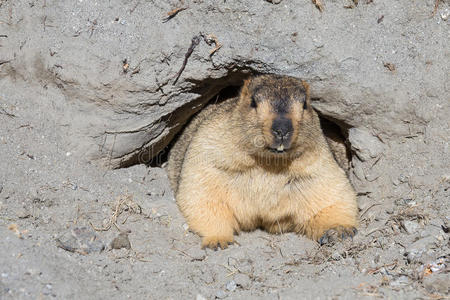
Evolutionary Advantages of Burrowing
The ability to burrow is an adaptive trait that has been retained through natural selection. For many animals, burrowing is key to their survival in the face of predators, climate change, and food scarcity. By going deep underground, animals not only avoid many external threats, but also live and reproduce in a more stable and predictable environment.
The evolutionary advantages of this behavior include:
Reducing predation risk: Burrowing animals can quickly enter the ground and avoid being captured by natural enemies.
Coping with extreme environments: Burrows provide a shelter that can regulate temperature and humidity, helping animals survive in extreme climatic conditions.
Protecting reproductive success: Caves provide a safe and hidden environment for animal cubs, increasing the chances of survival of offspring.
Impact of burrowing animals on ecosystems
Burrowing animals are not only beneficial to themselves, but also have a profound impact on the environment and ecosystems. Here are some of the major ecological benefits brought by these animals' burrowing behavior:
Improving soil quality: Many burrowing animals help the soil circulate air and water during the burrowing process, promoting the growth of plant roots.
Maintaining ecological balance: Through burrowing behavior, animals provide shelter and food resources for many other species, promoting biodiversity.
Regulating the water cycle: The burrows of some animals help with water infiltration and storage, especially in arid regions, where burrowing behavior helps with water retention and utilization.
There are a variety of different animals around the world that rely on burrowing skills to survive and reproduce. This behavior not only helps them avoid predators, regulate temperature, and protect their young, but also directly or indirectly helps maintain the balance and health of ecosystems by improving soil quality and regulating the water cycle. These burrowing animals demonstrate how they survive in complex and changing environments through adaptive behavior and form an inseparable relationship with the surrounding ecosystem.
animal tags: Orangutan
We created this article in conjunction with AI technology, then made sure it was fact-checked and edited by a Animals Top editor.



